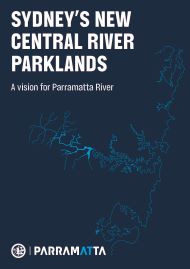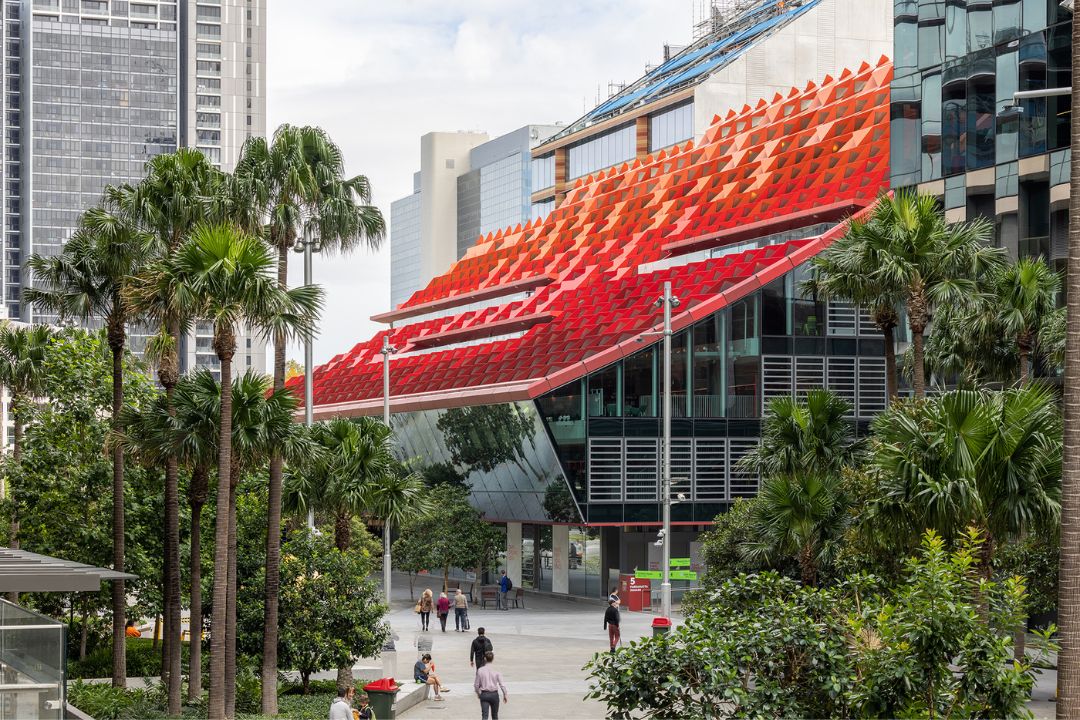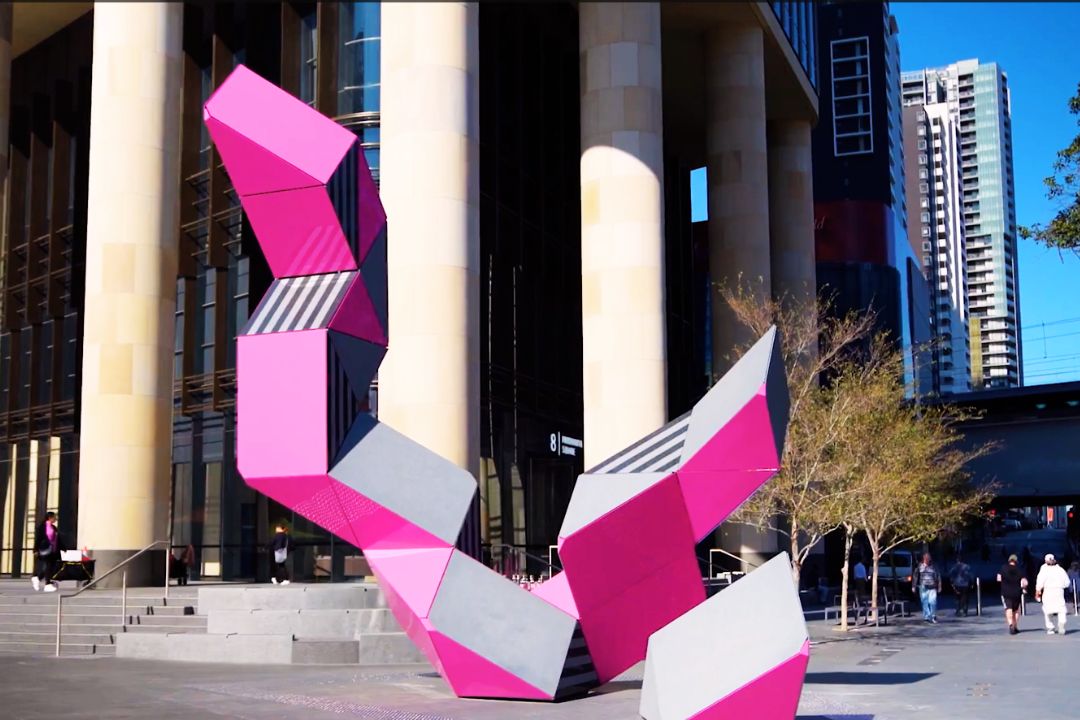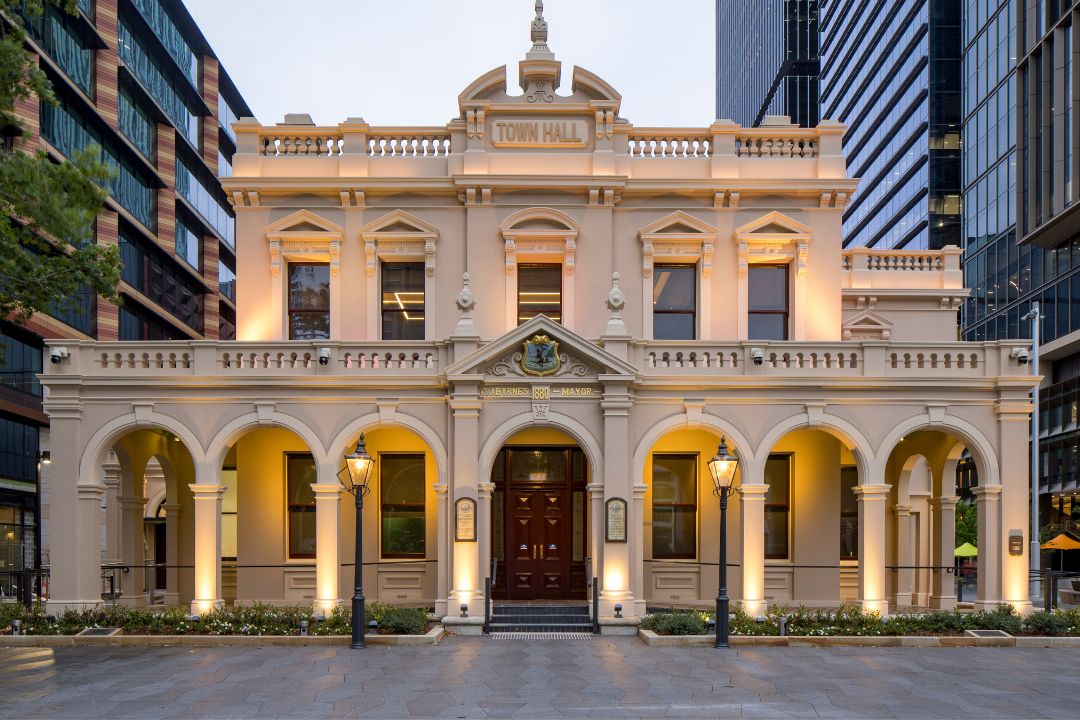The Parramatta River is regarded as a living entity by First Nations people both in spirit and body. It has been witnessed in many forms over thousands of years from a small creek following the valley floor to its current form filling the valley.
The river and land surrounding it remain to this day important cultural heritage for First Nations people maintaining Dreaming Storylines, culture, and traditions.
Parramatta River - A new vision
At the heart of Parramatta is the river, an ancient waterway that has attracted and sustained communities for thousands of years.
During the last century, the Parramatta River faced many challenges. Degraded, its value as a natural asset and its potential to benefit communities was overlooked. Recently, public and government views of the river have begun to change.
In mid-2023, the City of Parramatta Council endorsed a new vision for the Parramatta River along with an exciting proposal to create a Central River Parkland.
Within the Parramatta River Vision, the focus of Council’s work over the next decade will be transforming the river, improving water quality, and creating a space for nature.
In addition to revitalising the river, Council intends to create more than 870ha of internationally renowned continuous regional open space alongside the Parramatta River – a Central River Parkland that will be both a local icon and an international attraction.
What is the vision?
The Parramatta River Vision is Council’s endorsed position seeking to unite all levels of government and private industry to deliver a bold legacy for Parramatta and future generations.
Re-imagining the Parramatta River as a green transport corridor and open space connecting our growing communities, the Parramatta River Vision sees the river and its foreshore areas transformed into beloved public spaces for recreation, relaxation and nature play.
In setting a vision, Council considers the life of the river, how it provides a sense of place, how it draws our community.
The vision also proposes that a Parramatta River that is healthier, nurtured and celebrated can play a more central role in Parramatta’s identity as an emerging global city.
The Parramatta River has more than 20km of walking and cycling paths lining its shores and a series of major projects transforming the waterfront.
As Council partners with industry and government to bring the Vision for the Parramatta River to life, the work on revitalising the river will embrace the rich and ancient history of the river, recognise it as a living entity and ensure its longevity as a home and gathering place in public ownership.
Our Vision for the Parramatta River is underpinned by three key values an Ancient, Living, and Shared River
-
The Parramatta River is the primary tributary of Sydney Harbour and has been a central point in the Sydney region for thousands of years. The river has a longevity which stretches well beyond a single person’s life span and experience. Our appreciation, vision, and plans for the river should be considered as part of a legacy that delivers benefits for the environment and our community.
-
The Parramatta River is a living system. The natural flow of the river and its ability to support life and activity has been significantly modified since European settlement. As our city’s population grows, planning needs to recognise the value of safeguarding the river as living green infrastructure.
-
The Parramatta River is the defining feature of Parramatta and a shared resource that has helped establish a home for communities for many thousands of generations. In planning for the future, retaining and promoting public ownership, management, and engagement with the river must be prioritised
Why the Central River Parklands?
The importance of open space to the health and happiness of communities is well documented. Right now, the Parramatta River has 685 hectares of land owned by local and state government. With further investment and ambition, City of Parramatta Council could deliver an additional 181ha open space and connectivity along the river.
The Parramatta River Vision is the first step in redefining how we interact with the river and the key to delivering a multitude of benefits to multiple stakeholders.
Access – 75% of our planned future growth will be within a 10 minute walk or cycle of the Parramatta River
Public Domain – 685 ha of land surrounding Parramatta River and 70% of the foreshore is owned by state and local governments
Open space – there is further opportunity for over 181 ha of additional open space to be delivered
Time Frames
Improving public access to the Parramatta River has had significant focus over the last 20 years. Various projects have delivered more than 20km of walking and cycling paths alongside the river with planned bridges allowing more communities to connect with the Parramatta River. Projects which connect us to our river include Council’s Baludarri Boardwalk and the Escarpment Boardwalk.
In addition to the many completed projects there are some major public projects being delivered close to the Parramatta River by Council and NSW Government.
What is next?
City of Parramatta has a key role to play driving and shaping the vision and coordinating project delivery. Council will focus on four key directions to embed our vision. These include:
- Strategic Partnerships and River Governance, vision alignment
- consult with key delivery partners
- build on existing partnerships
- engage new stakeholders to realise a shared vision for the Parramatta Central River Parklands.
- Review and prepare River Corridor planning requirements
- Prepare planning documents and undertake design work to support key outcomes identified in the Parramatta River Vision
- Establish a clear focus on the delivery opportunities and objectives around growth precincts.
- Advocacy and alignment on major projects and infrastructure planning
- Identify and align local priorities for delivering a Central River Parklands to improve the strategic outcomes of current NSW Government major projects.
- Undertake forward detailed project and precinct planning
- Continue to get on with delivery and prepare detailed plans for short-term projects ready for funding.




